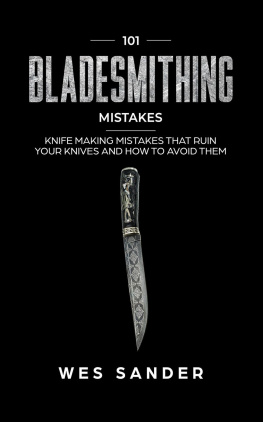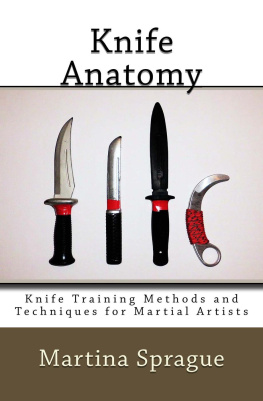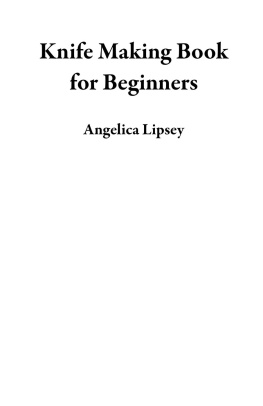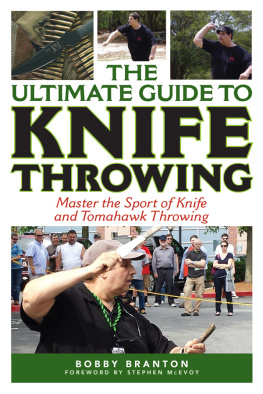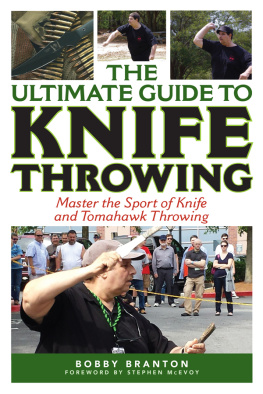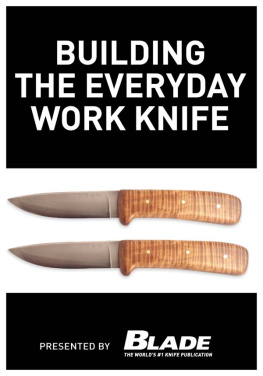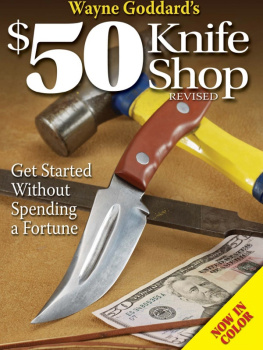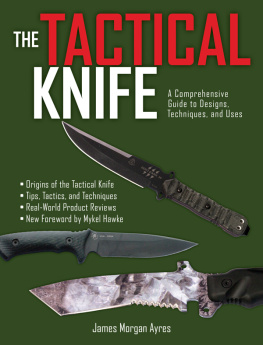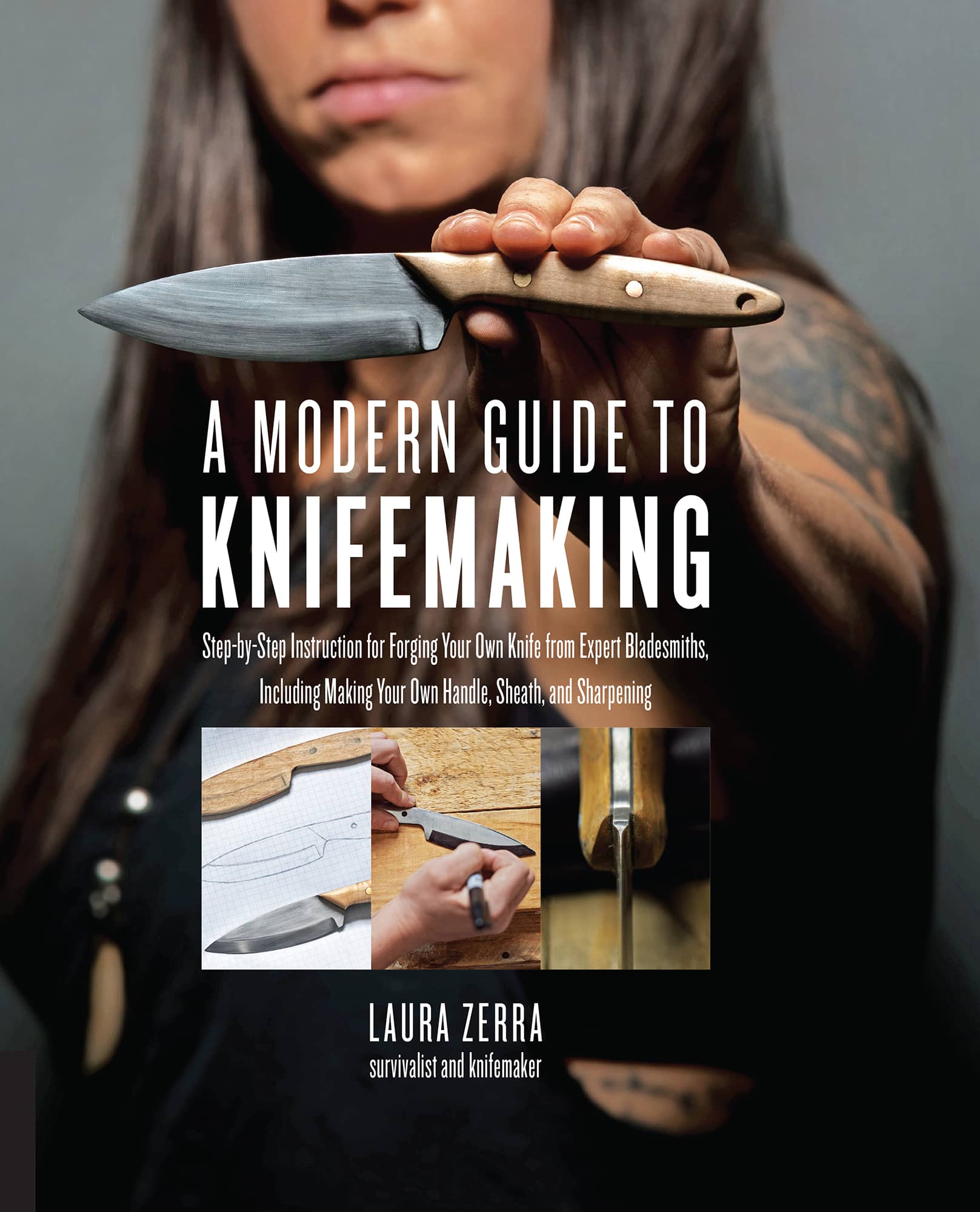Laura Zerra - A Modern Guide to Knifemaking: Step-by-Step Instruction for Forging Your Own Knife from Expert Bladesmiths, Including Making Your Own Handle, Sheath and Sharpening
Here you can read online Laura Zerra - A Modern Guide to Knifemaking: Step-by-Step Instruction for Forging Your Own Knife from Expert Bladesmiths, Including Making Your Own Handle, Sheath and Sharpening full text of the book (entire story) in english for free. Download pdf and epub, get meaning, cover and reviews about this ebook. year: 2018, publisher: Quarry Books, genre: Home and family. Description of the work, (preface) as well as reviews are available. Best literature library LitArk.com created for fans of good reading and offers a wide selection of genres:
Romance novel
Science fiction
Adventure
Detective
Science
History
Home and family
Prose
Art
Politics
Computer
Non-fiction
Religion
Business
Children
Humor
Choose a favorite category and find really read worthwhile books. Enjoy immersion in the world of imagination, feel the emotions of the characters or learn something new for yourself, make an fascinating discovery.

- Book:A Modern Guide to Knifemaking: Step-by-Step Instruction for Forging Your Own Knife from Expert Bladesmiths, Including Making Your Own Handle, Sheath and Sharpening
- Author:
- Publisher:Quarry Books
- Genre:
- Year:2018
- Rating:4 / 5
- Favourites:Add to favourites
- Your mark:
A Modern Guide to Knifemaking: Step-by-Step Instruction for Forging Your Own Knife from Expert Bladesmiths, Including Making Your Own Handle, Sheath and Sharpening: summary, description and annotation
We offer to read an annotation, description, summary or preface (depends on what the author of the book "A Modern Guide to Knifemaking: Step-by-Step Instruction for Forging Your Own Knife from Expert Bladesmiths, Including Making Your Own Handle, Sheath and Sharpening" wrote himself). If you haven't found the necessary information about the book — write in the comments, we will try to find it.
In A Modern Guide to Knifemaking, well-known survivalist Laura Zerra shares her essential knifemaking tips and tricks, including step-by-step instructions for both forging and stock removal.
We all use a knife pretty much every day, but for Zerra, her daily life often depends on the blade she takes with her into the wild. Shes learned about what works and what doesnt, what steel will hold an edge, and what nuances in blade design will make or break a knife.
From design to sharpening, A Modern Guide to Knifemaking covers every step in the knifemaking process. To begin, you will consider what you want your knife to accomplish, develop a design, and make a prototype. Zerra takes you through choosing and buying steel for your knife and then teaches you to build your own forge. You will learn forging basics and then move on to forge the shape of your knife and make the blade tip. From there, you will cut the blade profile, grind in bevels to make the edge of the knife, heat treat and temper your blade, grind and polish it, and make a handle and sheath for it. You will also learn sharpening techniques to maintain the edge of your new knife.
Throughout, Zerra has included Pro-Tips from some of the leading knifemakers working today including Ken Onion, Kaila Cumings, and Mike Jones.
A Modern Guide to Knifemaking covers every detail of knifemaking so you can make yourself the perfect knife.
Laura Zerra: author's other books
Who wrote A Modern Guide to Knifemaking: Step-by-Step Instruction for Forging Your Own Knife from Expert Bladesmiths, Including Making Your Own Handle, Sheath and Sharpening? Find out the surname, the name of the author of the book and a list of all author's works by series.


